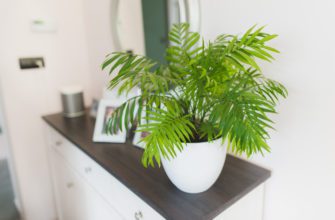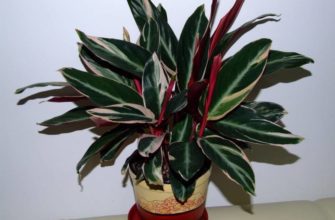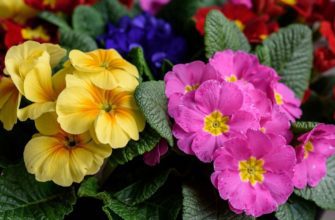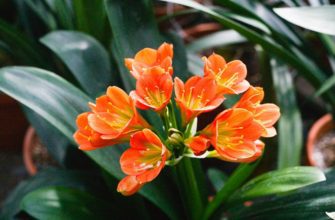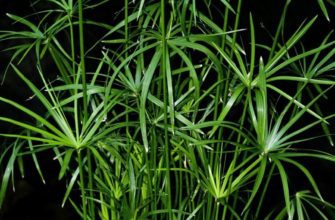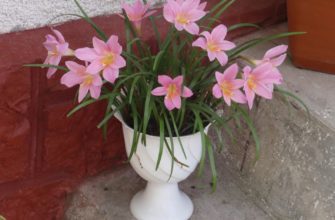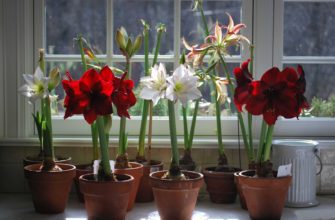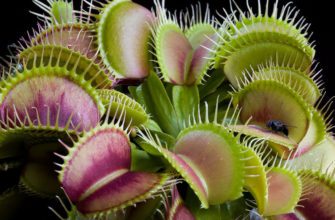The Schefflera flower is one of the most popular indoor plants due to its beauty and ease of care. In this article, we will look at various aspects of caring for Schefflera at home: from the right location and lighting to watering, fertilizing and pruning. We will also look at issues of propagation and the specifics of care in winter. Finally, we will give advice on choosing a pot and solving possible problems that you may encounter when caring for Schefflera.
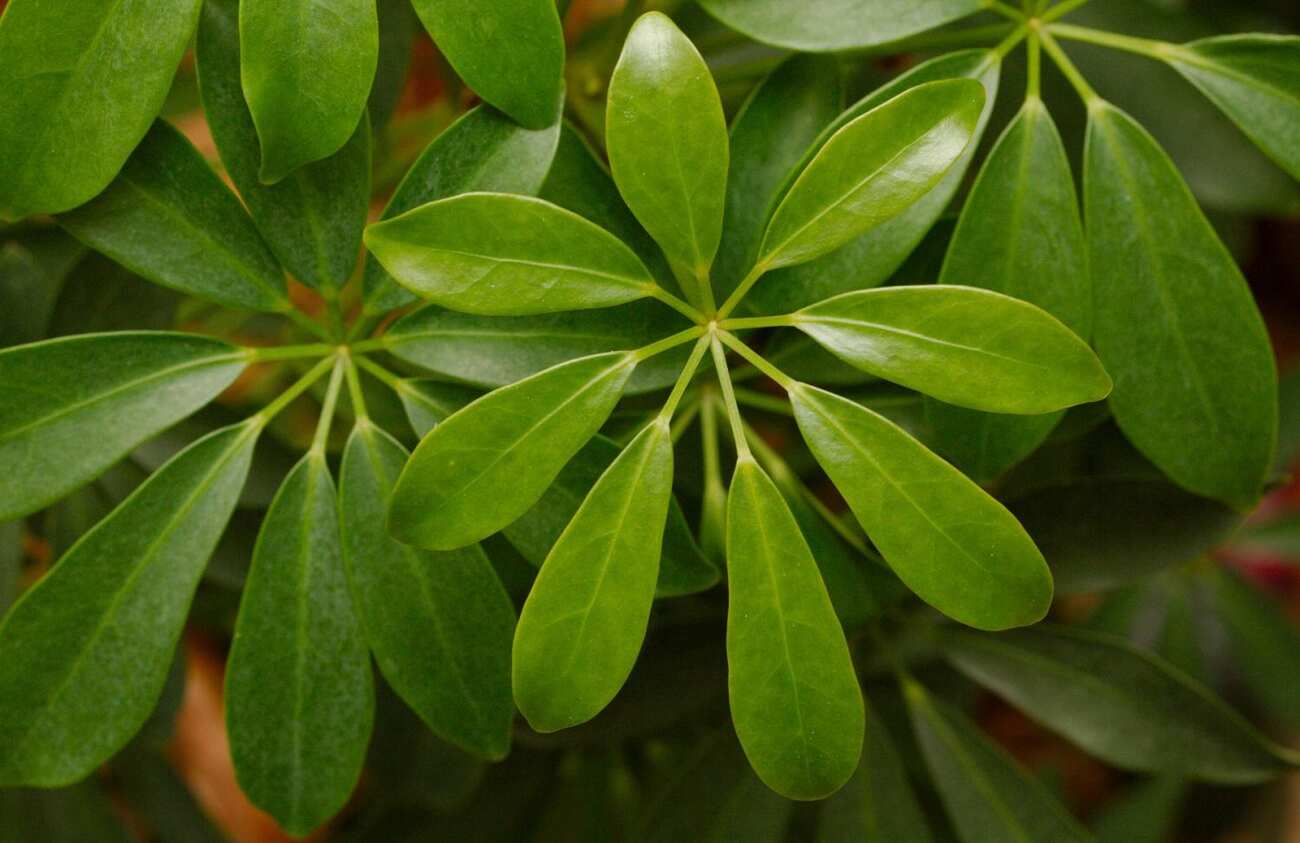
- Brief description of the plant
- Plant care
- Lighting requirements for schefflera
- Plant placement in the house
- Preferred temperature conditions
- Optimal humidity for schefflera
- Correct watering regime
- Fertilizer recommendations
- When and why to prune schefflera
- Methods of propagation of schefflera at home
- Features of care in winter
- What to consider when choosing a pot
- Plant Care Tips
- Conclusion
Brief description of the plant
Schefflera is an elegant plant with glossy leaves that adds sophistication and freshness to the interior. Its dense foliage, consisting of small leaflets, creates a spectacular green crown.
The plant is also known for its ability to clean the air of harmful substances and create comfort and coziness in the room. Many varieties of shefflera allow you to choose a plant suitable for different interior styles.
And its unpretentiousness and resistance to adverse conditions ensure successful development even in an unfamiliar environment. There is no doubt that shefflera is an excellent choice for those who want to add natural beauty and atmosphere to their home or office.
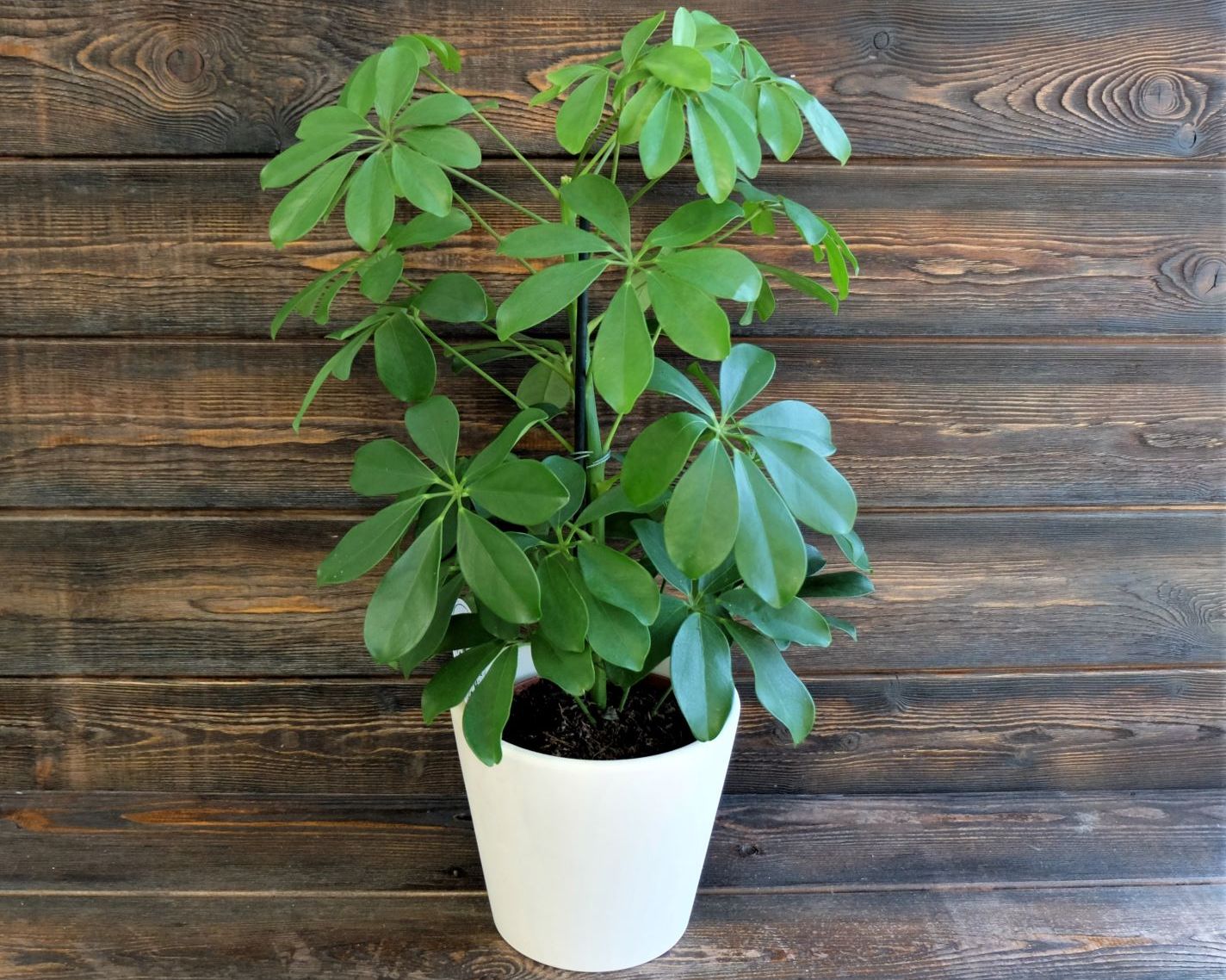
Plant care
Schefflera is not only a home decoration, but also a living air filter that creates ideal conditions for health and comfort. Let's look at how to care for the flower at home.
Lighting requirements for schefflera
Schefflera is a plant that requires bright but broken light. It prefers direct sunlight, but it is better to avoid direct rays in the summer, so as not to harm the leaves.
The location of the plant in the house should be chosen taking into account these requirements; a window facing east or west will be the ideal place for shefflera.
Plant placement in the house
However, shefflera tolerates partial shade, so if necessary, you can place it in less illuminated places. It can be a decorative element in the living room, office, bedroom, or any other room, adding freshness and style to the interior.
Preferred temperature conditions
Regarding temperature conditions, Schefflera prefers a warm climate. The optimal temperature for Schefflera is from 18 to 25 degrees Celsius. Schefflera is sensitive to cold air currents, so it is not recommended to place it near air conditioners or open windows during the winter period.
Optimal humidity for schefflera
Relative humidity is an important aspect of plant care. The optimal humidity for the plant is about 50-60%. If the room is too dry, you can use humidifiers or spray water around the plant to maintain the desired humidity level.
Correct watering regime
When watering Schefflera, it is important to consider its special water needs. About once a week, the plant should be watered, but make sure the top layer of soil is dry before the next watering. Schefflera prefers moderate watering rather than excessive watering.
Fertilizer recommendations
As for fertilizers, it is recommended to fertilize the plant once every two weeks or once a month during active growth, using a general-purpose liquid fertilizer for indoor plants or a special fertilizer for Schefflera. It is important to follow the instructions on the package and not to over-water the soil when using fertilizers.
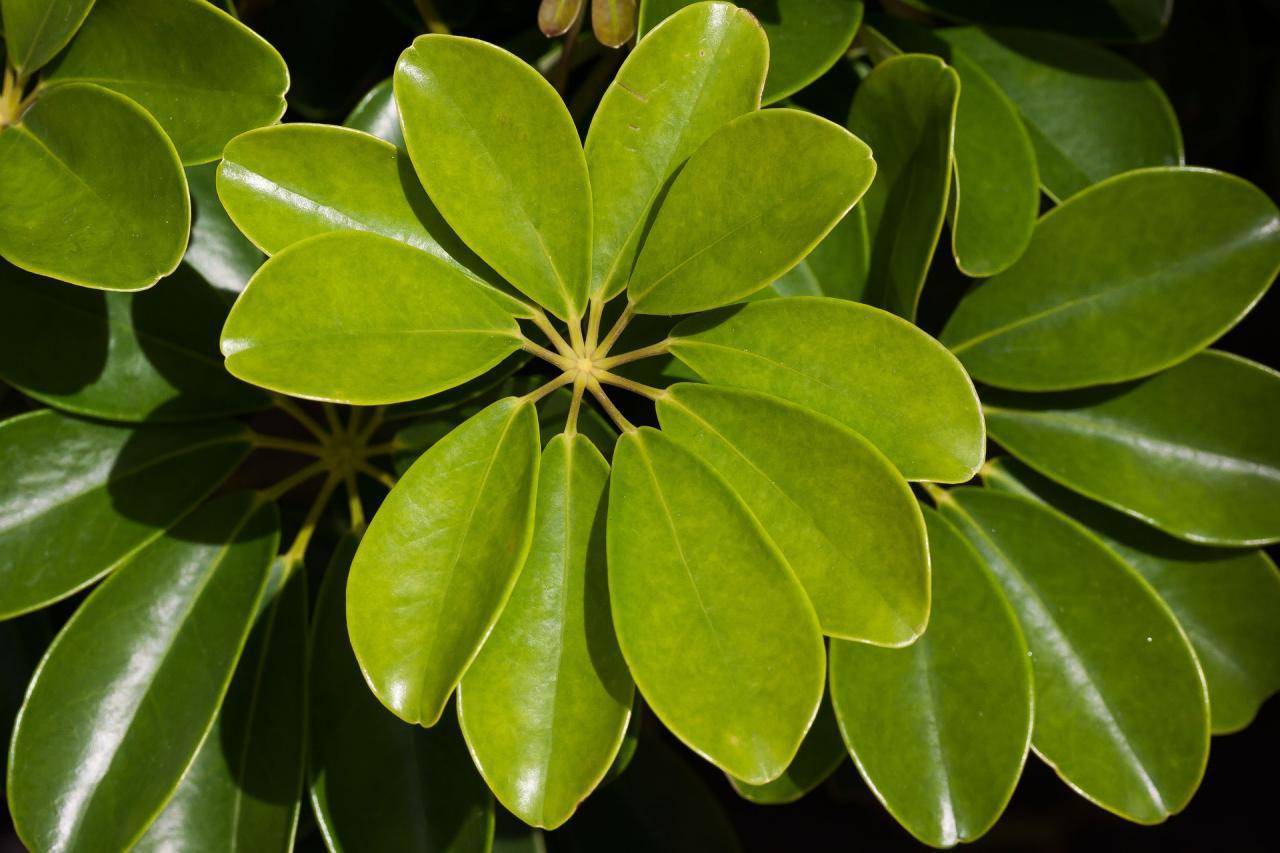
When and why to prune schefflera
One of the main times when pruning a schefflera can be useful is to remove problematic or damaged branches. If the plant has dead, diseased or damaged branches, they need to be removed to prevent the spread of disease and infection.
Trimming such branches will also help to focus the plant on healthy growth and will help to create a more compact and beautiful crown. Trimming can also be useful when it is necessary to control the shape and size of the Schefflera.
This is especially true for Scheffleras grown indoors where space may be limited. Pruning allows you to control the growth and shape of the plant, making it more compact and suitable for a given space.
Another reason to prune schefflera - This is the stimulation of new growth. Pruning can cause new shoots to appear and increase the overall volume of green mass of the plant. This is especially useful if you want your shefflera to become thicker and more abundant.
As for the time of pruning, it is recommended to do it in spring or early summer, when the plant is actively growing. During this period of growth, Schefflera can heal wounds faster and recover faster.
However, when pruning, you should be careful and use sharp and clean tools. You should carefully remove problematic parts of the plant, avoiding too deep or excessive pruning so as not to damage healthy branches.
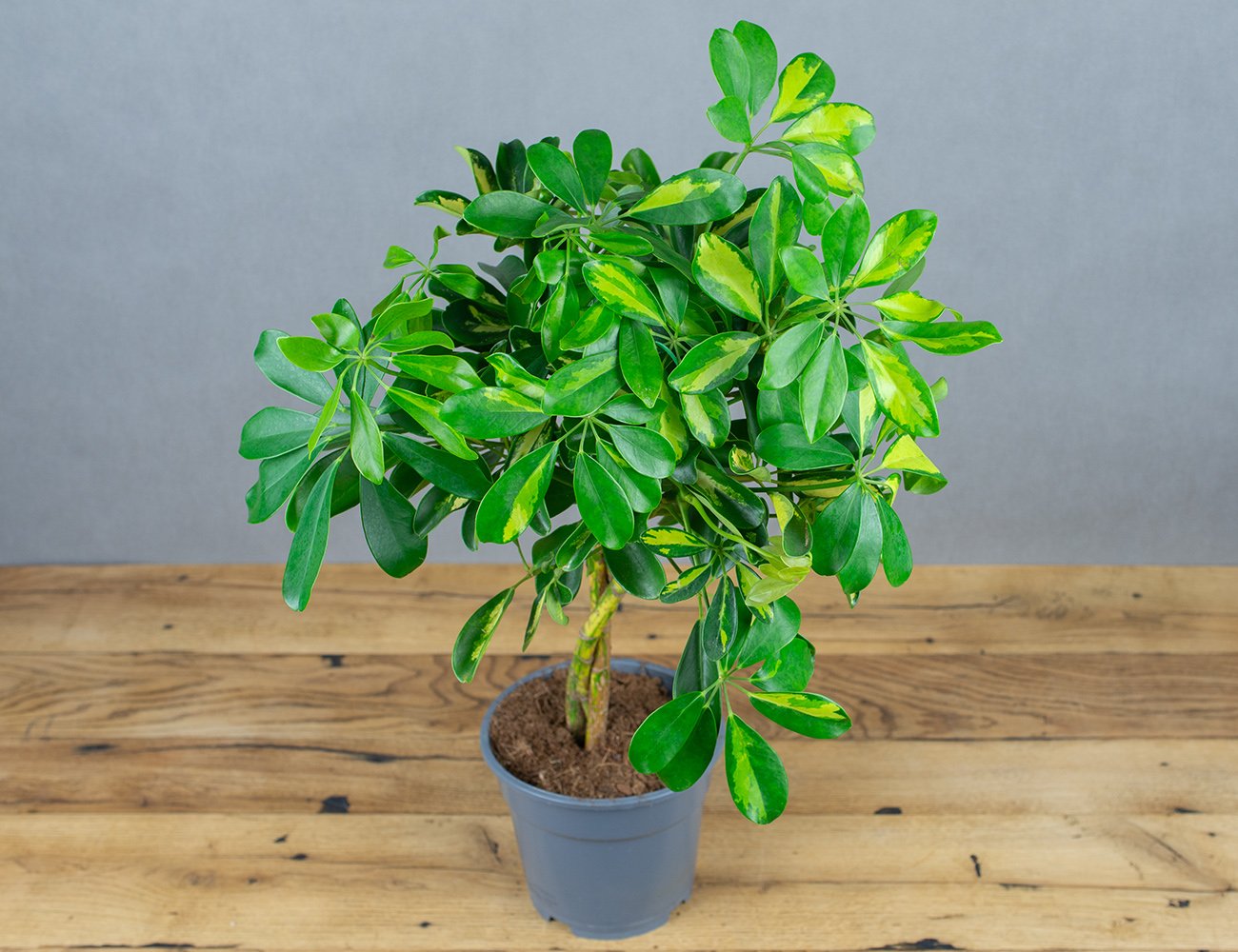
Methods of propagation of schefflera at home
Schefflera is a plant that can be propagated in several ways at home. Here are some unique methods of propagating schefflera that you can try:
- Propagation by cuttings: Select a healthy, mature schefflera stem and cut it from the shoot. Select a section of the stem about 10-15 centimeters long, removing the lower leaves. Submerge this stem in a glass of water or moist soil and place it in a bright place with direct access to light, but avoid direct sunlight. The appropriate temperature for the roots is about 20-25 degrees Celsius. As the roots grow, after a few weeks or months, you can transplant the new growing schefflera into a separate pot with fresh soil.
- Propagation by air layering: With this method of propagation, select a healthy branch or shoot, attach it to a support or pole, and wrap the contact area with moss or sphagnum. Keep the moss consistently moist by watering it regularly to encourage roots to form from the moss-covered area. As new roots appear, after a few weeks or months, you can cut the new growing schefflera from the mother plant, remembering to keep the new cutting moist while the roots grow.
- Propagation by seeds: Although it is a more labor-intensive method, propagating schefflera from seeds can be an interesting experiment. Collect ripe schefflera seeds after flowering, clean them from the fruiting mass, and sow them in small pots with light, nutritious soil to keep them moist. Cover the top of the pot with film or a clear plastic bag to create a greenhouse effect and place it in a warm, bright place. Keep the soil constantly moist by misting it, but do not flood it with water. Schefflera seeds will germinate within a few weeks or months. Once the seedlings have reached a sufficient height, you can transplant them into individual pots with suitable soil.
Regardless of the chosen propagation method, it is important to remember that Scheffleras are plants that need warm and humid conditions, good lighting, but avoid direct sunlight. With careful care and suitable conditions, you can successfully propagate Schefflera and enjoy the beauty of these plants at home.
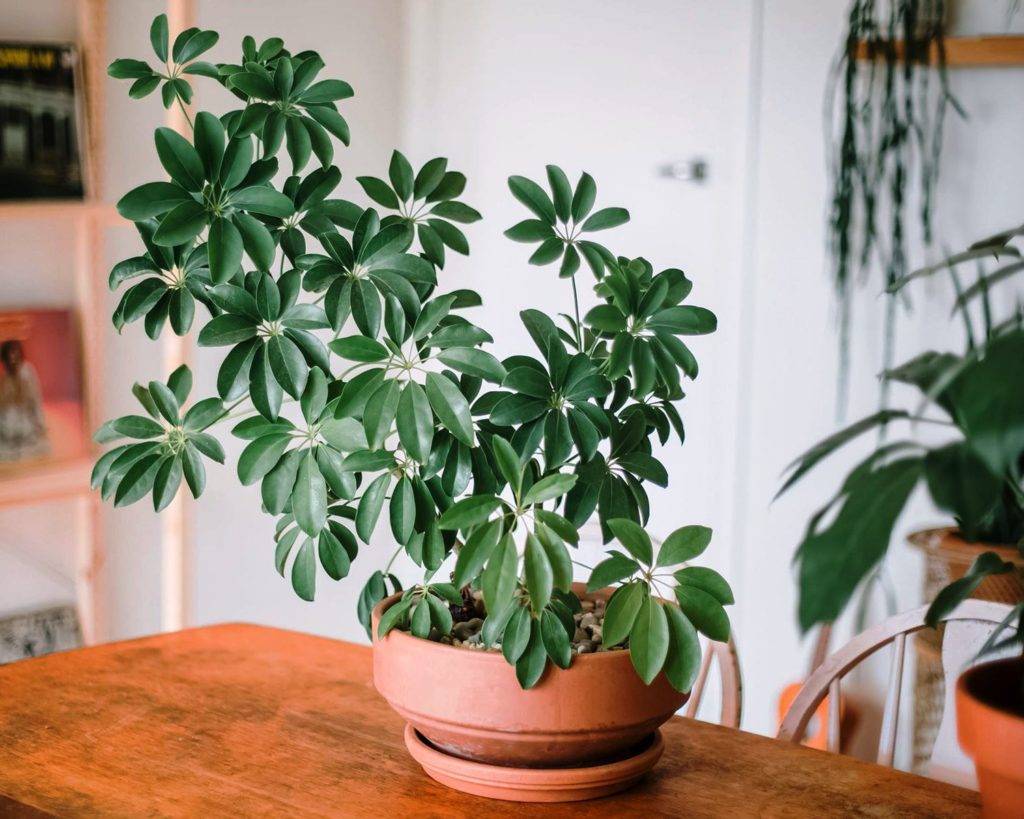
Features of care in winter
The features of caring for schefflera in winter include several key points:
- Temperature: Schefflera prefers a warm climate and does not tolerate cold and temperature changes. It is important to maintain a stable room temperature, not allowing it to drop below 15 degrees Celsius.
- Lighting: Schefflera is a light-loving plant and requires bright but diluted light. During the winter months, when the days become shorter, it is recommended to provide the plant with additional artificial lighting to compensate for the lack of sunlight.
- Watering: In winter, the schefflera enters a dormant state, and its growth activity slows down. Consequently, the plant requires less water. Do not overwater the schefflera, do not allow the soil to dry out or become too dry. It is best to water the plant only when the top layer of soil is sufficiently dry.
- Humidity: During the winter months, indoor air is usually drier and a heated space can reduce humidity. Schefflera grows in a tropical environment with high humidity, so it is recommended to humidify the air around the plant, for example, with a humidifier or by placing trays of water near the pot.
- Fertilizer: In winter, due to dormancy, schefflera does not require such intensive fertilization as in summer and spring. It is recommended to reduce the frequency of fertilization and use half the dose of fertilizer indicated on the package.
By following these winter care tips for Schefflera, you will help the plant maintain suitable conditions and keep it healthy and beautiful throughout the season.
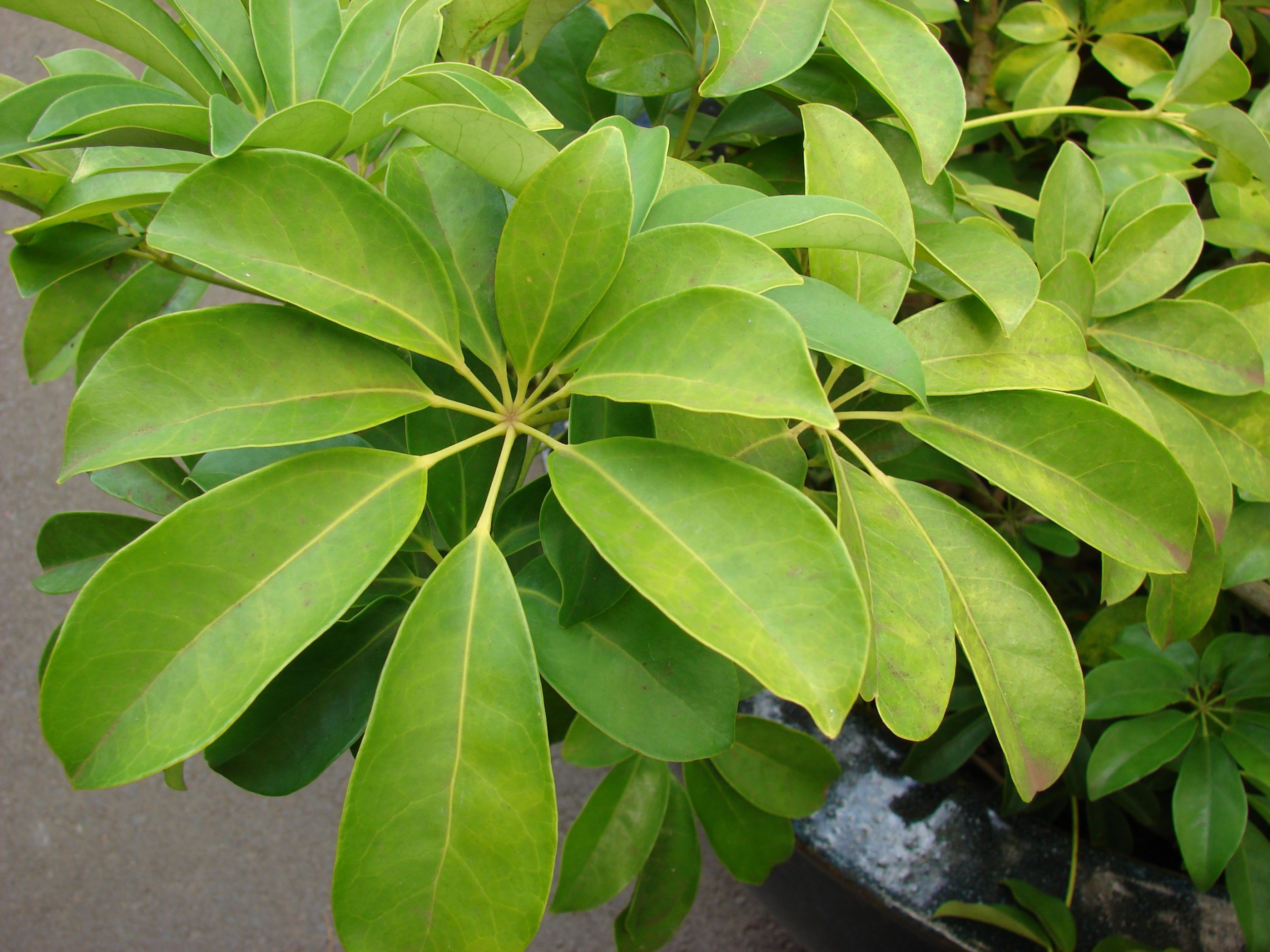
What to consider when choosing a pot
When choosing a pot for a Schefflera, there are several factors to consider to ensure the plant has a comfortable and healthy environment:
- Pot size: Schefflera has a powerful root system, so the pot should be spacious enough to give the roots enough space to grow and develop. The optimal pot size can be determined by taking into account the size of the plant and its root system to avoid overcrowding of the roots.
- Pot material: There are many options for pot materials – from plastic and ceramics to clay and wood. Each material has its own advantages and disadvantages. For example, clay pots allow you to better regulate soil moisture, but dry out quickly, while plastic pots retain moisture longer, but “breathe” less well. The choice of pot material depends on the needs of the plant and individual preferences.
- Drainage holes: The pot should be equipped with drainage holes to ensure a good drainage system of excess moisture and prevent root rot. In addition, the presence of drainage holes allows air rotana to approach the roots of the shefflera.
- Design and style: Since the pot is an integral part of the interior, you can choose a pot in accordance with the overall style and decor of the room. A unique and aesthetically attractive pot for shefflera can become not only a functional element, but also a decoration for your home.
By taking all these factors into account when choosing a pot for your Schefflera, you will create optimal conditions for the plant, help maintain its health, and decorate your home.
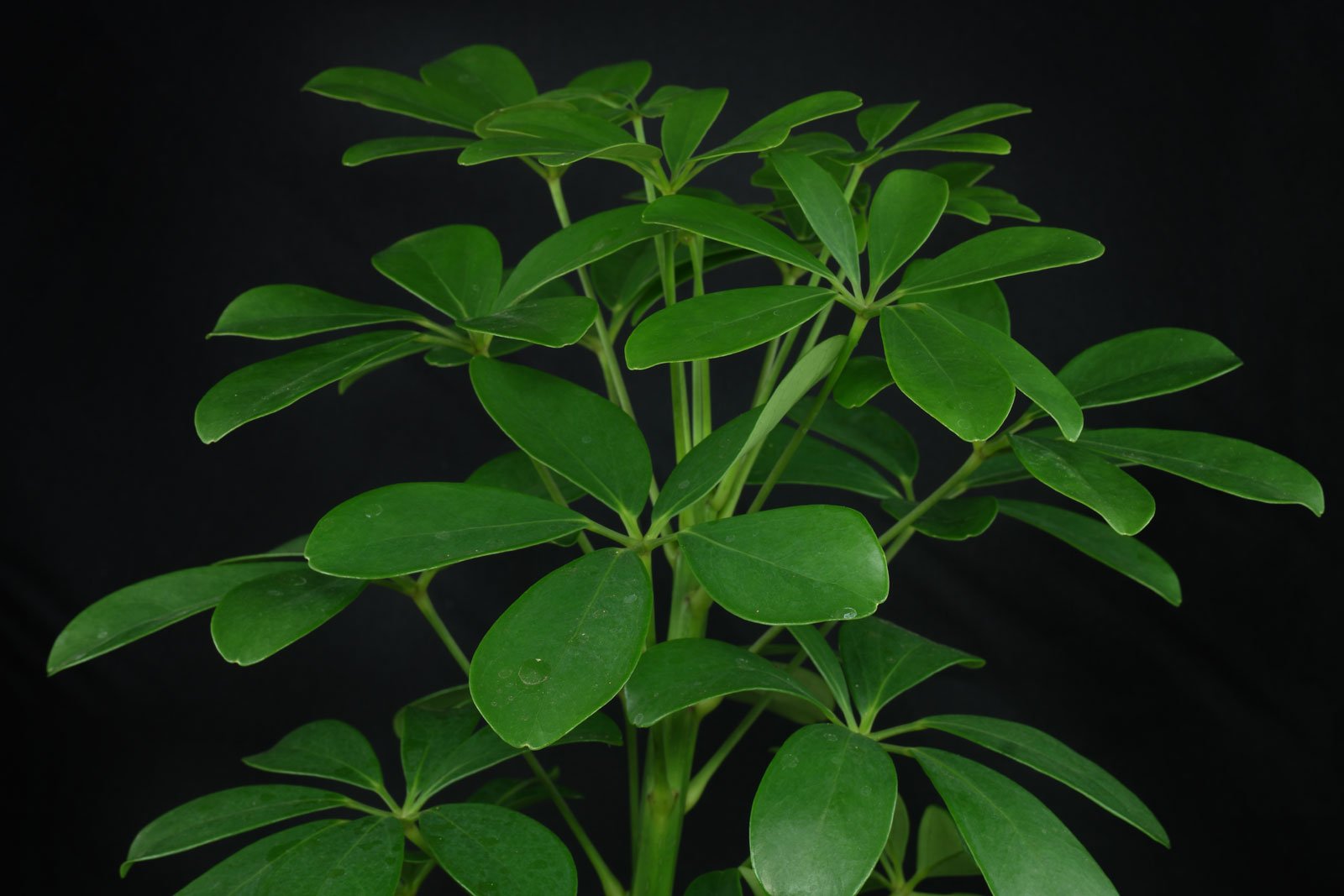
Plant Care Tips
Schefflera is a beautiful and popular plant that can be a great addition to your home. Here are some tips on caring for your Schefflera to help it stay healthy and beautiful:
By following these tips, you will keep your Schefflera stress-free and create a comfortable environment for it to grow and thrive in your home.
Conclusion
Schefflera is a great plant for home decoration due to its beauty and ease of care. Proper location, lighting, watering and pruning are key aspects of caring for this plant. It is also important to take into account the peculiarities of reproduction and care in winter.
A conscious choice of pot and regular monitoring of the plant's condition will help prevent potential problems. Following these recommendations, you will be able to enjoy the beauty and health of your Schefflera for many years.

